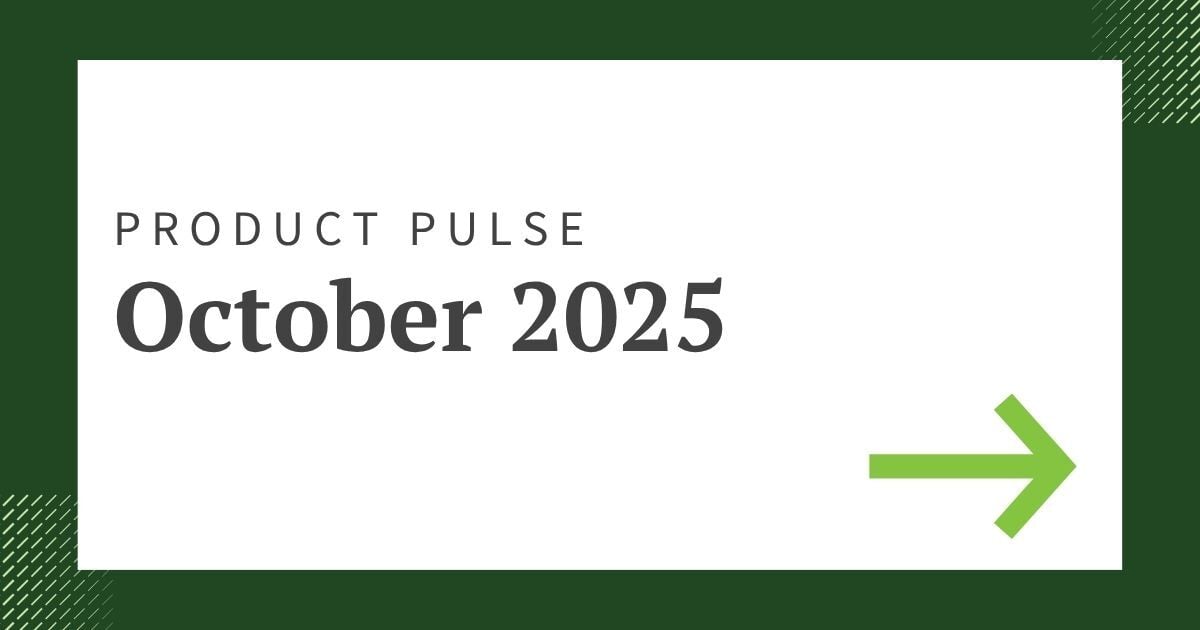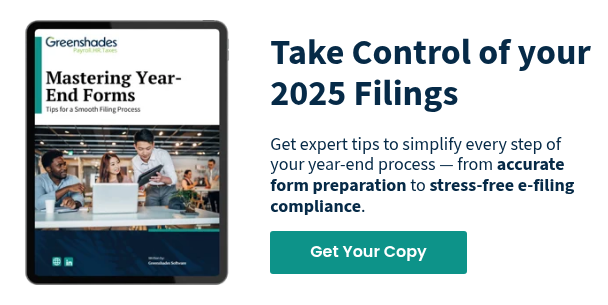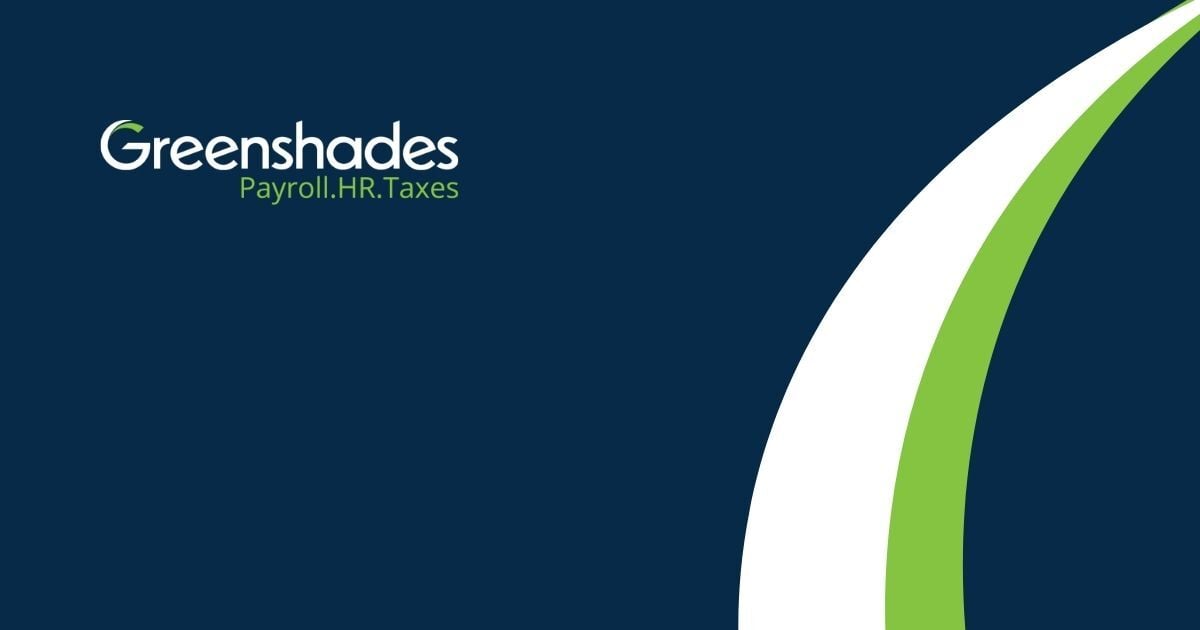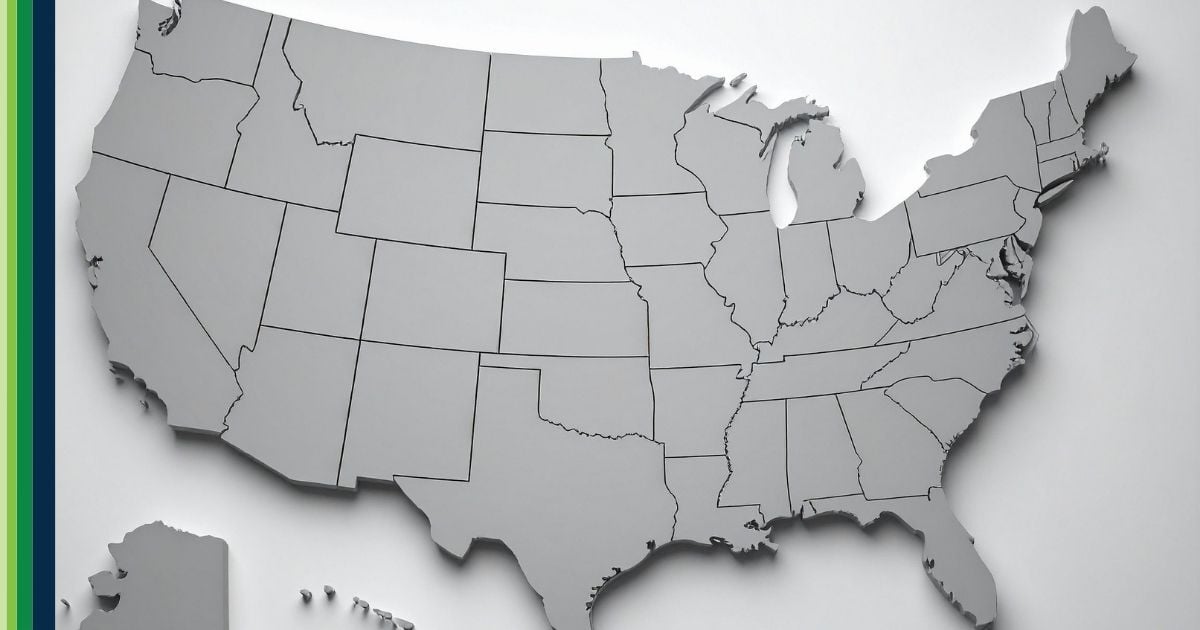Every quarter, Form 941 shows up like clockwork — the IRS’s version of a performance check for your payroll process. It’s how employers demonstrate that payroll taxes are calculated, withheld, and reported accurately.
If you pay employees, Form 941 — officially titled the Employer’s Quarterly Federal Tax Return — reports:
- Federal income tax withheld from employees’ paychecks
- Both the employer and employee portions of Social Security and Medicare taxes
- Adjustments for sick pay, tips, group-term life insurance, and other credits or corrections
Each line of Form 941 gives a snapshot of your payroll activity for the past three months. This overview breaks down what the form covers, highlights recent IRS updates, and shares tips to keep your compliance process efficient.
⚠️Disclaimer: The information provided here is for general informational purposes only and does not constitute formal tax, legal, or compliance advice. Always consult qualified tax advisors, legal counsel, and your organization’s internal teams for guidance specific to your situation. For the most accurate and up-to-date information, refer to official government resources and regulatory agencies.
Form 941 Basics: What It Is and When It’s Due
Most U.S. employers use Form 941 to report and reconcile quarterly employment taxes. This form serves as a running record of your payroll activity, making sure the federal government receives the right amount of taxes withheld and owed.
Who Must File Form 941
If you pay wages that are subject to federal income tax withholding or FICA taxes, you need to file Form 941 each quarter, even if you do not owe any tax for that period. This includes reporting:
- Wages and reported tips
- Federal income tax withheld
- Employer and employee shares of Social Security and Medicare
- Additional Medicare Tax withheld for high earners
- Any qualified credits or adjustments
You should not use Form 941 to report backup withholding, nonpayroll payments (such as pensions or annuities), or unemployment taxes. Those belong on Form 945 and Form 940, respectively.
In the Greenshades Blog: Understand the Difference Between Forms 940 and 941
You will file Form 941 every quarter unless the IRS tells you to use a different form. Common exceptions include:
- Form 944 for very small employers who file annually
- Form 943 for agricultural employers
- Schedule H (Form 1040) for household employers
- Seasonal employers, who can skip quarters when no wages are paid
When to File Form 941
Each quarter’s Form 941 is due by the last day of the month following the end of the quarter:
|
Q1 |
January – March |
April 30 |
|
Q2 |
April – June |
July 31 |
|
Q3 |
July – September |
October 31 |
|
Q4 |
October – December |
January 31 |
Bonus Tip: If you make all your deposits on time and in full for the quarter, the IRS gives you a 10-day grace period to file.
Perfecting Your Form 941 Process: 3 Keys to Compliance Confidence
1. Remitting Payroll Taxes Electronically is the Standard
Starting September 30, 2025, all federal tax payments must be made electronically. Paper checks are being phased out, so employers should prepare now for faster, more secure electronic payments.
Employers can use:
- EFTPS (Electronic Federal Tax Payment System) – A free Treasury service for electronic deposits
- IRS Direct Pay or an IRS Business Account – Free options for one-time payments
- Wire transfers – Same-day payment option via financial institutions
You can authorize your accountant or payroll provider to make electronic deposits for you. The IRS systems are free to use, but some third-party services may charge processing fees.
2. Digital Filing of Form 941 Makes the Most Sense
Electronic filing is now strongly encouraged for submitting Form 941. Filing online speeds up processing, reduces errors, and gives you confirmation of receipt. Employers can use approved e-file providers or payroll software to file electronically.
What’s New for Tax Years 2025–2026
- Aggregate Return Filer Classification: Employers filing as aggregate filers must indicate their type:
- Section 3504 Agent
- Certified Professional Employer Organization (CPEO)
- Other Third Party
- Direct Deposit Refund Option: Beginning in Tax Year 2026, employers can receive refunds electronically for overpayments on certain employment tax forms, including Form 941.
- Electronic Form 941-X Filing: Corrections to previously filed returns can now be made electronically for faster processing.
These updates are part of the IRS’s Modernized e-File initiative, which aims to make digital compliance easier and reduce paper reporting.
3. Q4 is the Ideal Time to Review and Reconcile Before Year-End
The IRS and Social Security Administration compare your quarterly Form 941 filings with your annual Form W-2 and Form W-3 totals. If there are differences between your quarterly reports and year-end data, you may receive notices or need to make adjustments.
Before year-end, take time to review:
- Totals across all four quarterly filings
- W-2 wage, tip, and tax data against cumulative 941 figures
- Any discrepancies that should be corrected before filing your annual reports
Taking time to reconcile your records before year-end helps keep your payroll data accurate and compliant.
Review our comprehensive guide on how Form 941 and Form W-2 interact, highlighting common issues and providing tips to support year-round compliance.
Correcting an Error: Using Form 941-X
If you discover an error after filing, make corrections using Form 941-X, Adjusted Employer’s Quarterly Federal Tax Return or Claim for Refund. This form is filed separately from Form 941 and, as of 2025, can also be submitted electronically. Employers use Form 941-X to fix misreported wages, incorrect withholdings, or missed credits.
How Payroll Systems Support Compliance for Form 941
Form 941 accuracy relies on correct payroll data. Modern payroll systems help by automating calculations, tracking tax updates, and connecting with your accounting tools to reduce errors.
A reliable payroll platform should:
- Calculate taxes automatically using up-to-date IRS tables
- Detect discrepancies early, such as misclassified wages or missing tips
- Integrate seamlessly with your general ledger for consistent reporting
- Support electronic filing and payment options directly within the platform
For over two decades, Greenshades has helped employers stay confident in their payroll tax reporting. Our platform supports electronic deposits, IRS-compliant filings, and flexible workflows for complex organizations — helping teams stay on top of every quarter-end deadline.
Have you started on your 2025 year-end filings yet? Get prepared with our master ebook!































